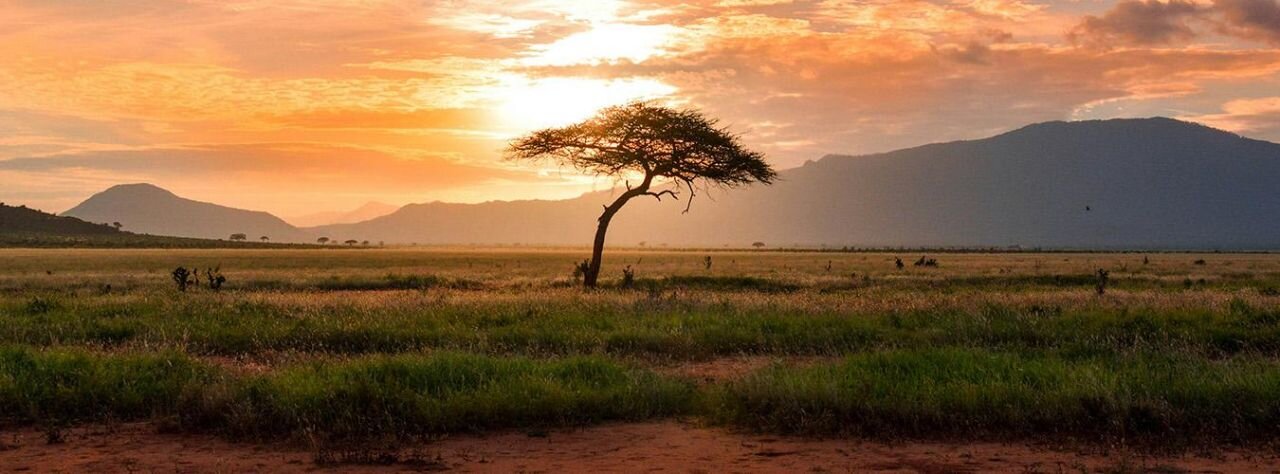Striving for global consensus on addressing SDSs

TEHRAN –World Environment Day, held annually on June 5, is the largest global event for raising awareness and taking action to protect the planet Earth.
This year, the international day emphasizes Land Restoration, Desertification, and Drought Resilience.
Considering the role of sand and dust storms (SDSs) in aggravating land degradation, the Department of Environment (DOE) has taken measures at both national and international levels to deal with SDSs.
All over the world, ecosystems are threatened. From forests and drylands to farmlands and lakes, natural spaces on which humanity’s existence depends are reaching a tipping point.
Land restoration is a key pillar of the UN Decade on Ecosystem Restoration (2021-2030), a rallying call for the protection and revival of ecosystems all around the world, which is critical to achieving the Sustainable Development Goals.
Preventing soil degradation is an essential aspect of land restoration.
However, 125 million hectares of the country's natural resources are affected by water erosion, and the rate of soil erosion in Iran is six to seven times higher than the world average.
Sand and dust storms are one of the factors contributing to land destruction and accelerating desertification, as well as other environmental issues such as harm to people's health, well-being, and livelihood; deforestation; loss of land productivity; and decline in biodiversity.
The DOE has so far held a regional conference with the participation of 11 regional countries and a number of international organizations; as well as an international conference with the participation of about 50 countries and 15 international institutions.
Both conferences featured good statements on the establishment of a regional center and a fund to support collaborative efforts at regional and international levels, the implementation of two sub-regional action plans for the west, southwest, east, and northeast of the country.
Moreover, the 6th United Nations Environment Assembly (UNEA-6) approved a resolution adopted at the international summit on dealing with sand and dust storms which was held in Tehran in September 2023.
Enhancing collaborations among different organizations to manage dust storms produced by internal dust zones effectively; holding bilateral and multilateral meetings with the officials of Syria, Iraq, Saudi Arabia, Turkmenistan, Qatar, and Kuwait, and implementing the agreements concluded with these countries to address the SDSs are among other taken actions.
Furthermore, Iran is planning to hold a joint training workshop with the presence of senior representatives of the beneficiary countries in September.
Representatives of Syria, Iraq, Bahrain, UAE, Kuwait, Qatar, Saudi Arabia, Pakistan, Afghanistan, Turkmenistan and Uzbekistan will participate in the workshop.
It will focus on the implementation of the action plans contained in the declarations of the two summits held in Tehran and the resolution approved by UNEA-6.
Our land, Our future
This year’s World Environment Day campaign focuses on land restoration, desertification, and drought resilience under the slogan “Our land, Our future.”
The theme is about bringing back healthy land, preventing deserts from growing, and dealing with water shortages. Trees, healthy soil, and clean water are vital for a healthy planet!
World Environment Day was established in 1972 by the United Nations General Assembly as a platform for raising awareness of pressing environmental problems and encouraging global action. The first was a meeting held in Stockholm, Sweden in 1972 where it was debated and discussed. From that point forward, from 1973, the custom has continued ahead with a similar date.
Over the past five decades, the Day has grown to be one of the largest global platforms for environmental outreach. Tens of millions of people participate online and through in-person activities, events, and actions around the world.
According to the UN Convention to Combat Desertification, up to 40 percent of the planet’s land is degraded, directly affecting half of the world’s population and threatening roughly half of global GDP (US$44 trillion). The number and duration of droughts have increased by 29 percent since 2000 – without urgent action drought may affect over three-quarters of the world population by 2050.
Leave a Comment